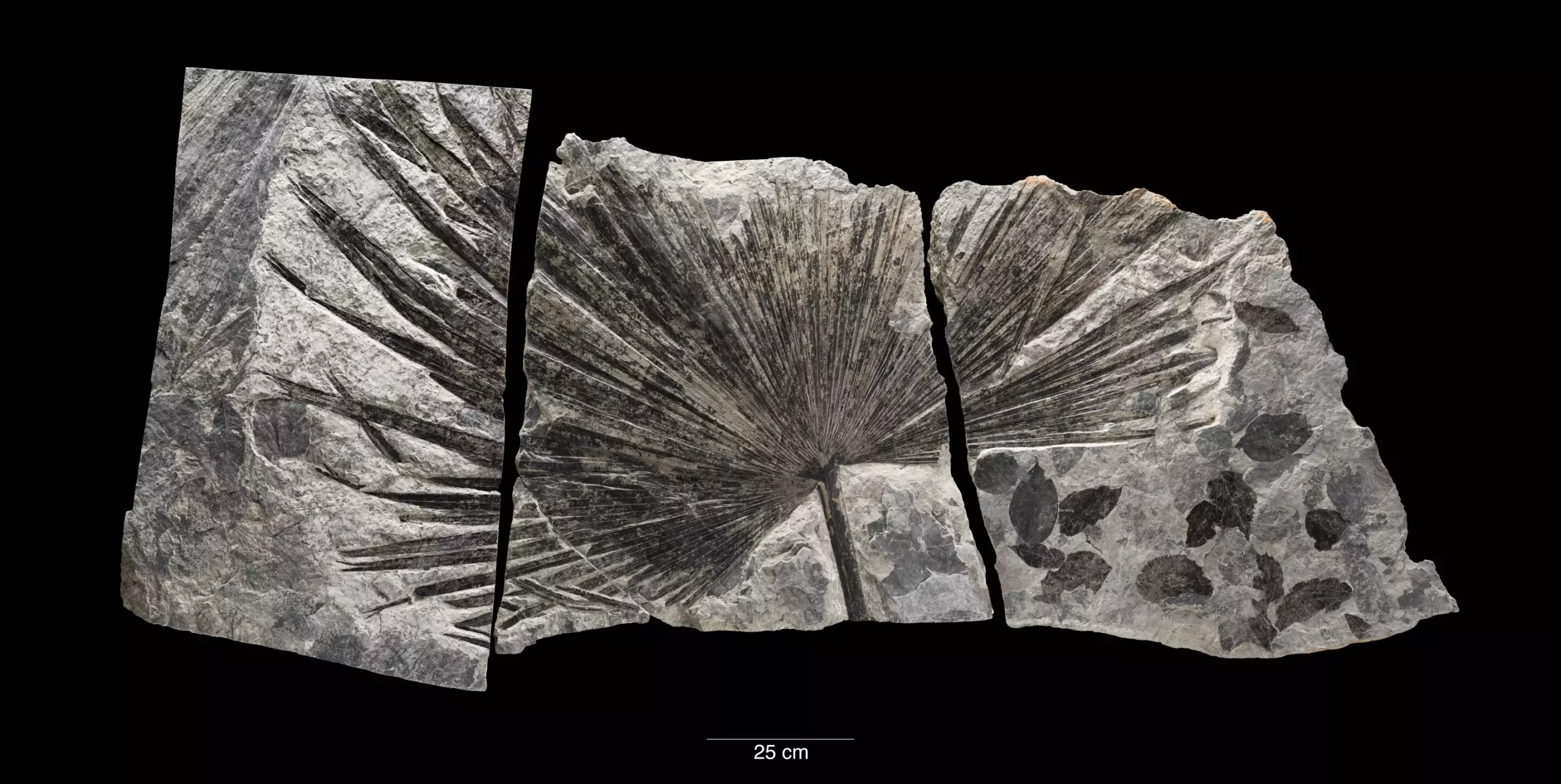A collaborative research effort between the Smithsonian Institution and the University of Arizona has yielded groundbreaking insights into Earth’s temperature variations over the past 485 million years. Published on September 19 in the journal Science, this study presents a meticulously crafted curve depicting global mean surface temperature (GMST) throughout the Phanerozoic Eon—a period characterized by significant biological diversification and multiple mass extinction events. The investigation revealed that temperature fluctuations were more dramatic than previously acknowledged, emphasizing the importance of understanding ancient climate dynamics to contextualize contemporary climate issues.
At the heart of the study lies a stark correlation between Earth’s temperature and atmospheric carbon dioxide levels. Lead author Emily Judd, a prominent figure in the research team at the Smithsonian’s National Museum of Natural History, points out the parallels between modern climate models and historical data. The team’s approach, termed data assimilation—a technique originally designed for meteorological forecasting—enables the integration of fossil records and climate models, thereby permitting researchers to not only reconstruct past climates but also forecast potential future scenarios.
The study found that fluctuations in GMST ranged from 52°F to 97°F (11°C to 36°C) during the Phanerozoic, with elevations in temperature consistently linked to increased carbon dioxide concentrations. Co-author Jessica Tierney emphasized that CO2 acts as a critical influencer on Earth’s climate, reinforcing the notion that understanding past atmospheric conditions is essential for projecting future climate trajectories.
The ramifications of this research resonate deeply within the context of modern climate change. Present-day GMST stands at a lower average of 59°F (15°C), yet anthropogenic emissions are contributing to rapid warming that far exceeds historical patterns. Previous climate shifts during the Phanerozoic led to significant biodiversity losses, and experts warn that the current pace of change could provoke a similar crisis. As Tierney astutely notes, the adaptations of both humans and numerous species are tailored to a colder climate, and pushing our planet into a warmer state poses severe risks for ecological stability.
This study does not merely present past environmental conditions; it ultimately serves as a cautionary tale about human actions. The speed of current warming far surpasses historical events, raising alarms about potential consequences for the planet’s ecosystems and species.
The study also sheds light on the limitations of existing research methods, as the fossil record, while invaluable, is often incomplete. Wing and Huber, respected paleobiologists, embarked on the PhanTASTIC (Phanerozoic Technique Averaged Surface Temperature Integrated Curve) Project with the goal of developing a reliable temperature curve for the Phanerozoic. They faced the reality that fossilized remains offer episodic snapshots, much like puzzle pieces lacking an overall image, making it difficult to gauge global temperature patterns.
To overcome this challenge, the researchers utilized a rigorous methodology that entwined more than 150,000 geochemical data points from a diversity of fossilized remains with advanced climate models developed by collaborators at the University of Bristol. The resulting temperature curve represents a significant advancement in paleoclimate research yet is acknowledged as a work in progress. Huber emphasizes the anticipation of future discoveries that may refine or even reshape their current understanding.
As the research team acknowledges, the study is but a stepping stone in the broader pursuit of understanding Earth’s climatic history. The ocean’s intricate network of ancient temperatures, coupled with geological insights and fossil findings, continues to present challenges and opportunities for future investigations. The collaboration between national institutions and universities illustrates the power of interdisciplinary approaches in tackling complex problems that span vast timescales and vast scientific domains.
By expanding upon past temperature profiles, this project not only enriches our comprehension of Earth’s climatic evolution but also provides invaluable lessons regarding the trajectory of modern climate change. As we grapple with the unprecedented environmental challenges of our time, these insights remind us of the imperative to learn from history—both to appreciate the resilience and fragility of life on Earth and to foster a sustainable future for subsequent generations.


Leave a Reply